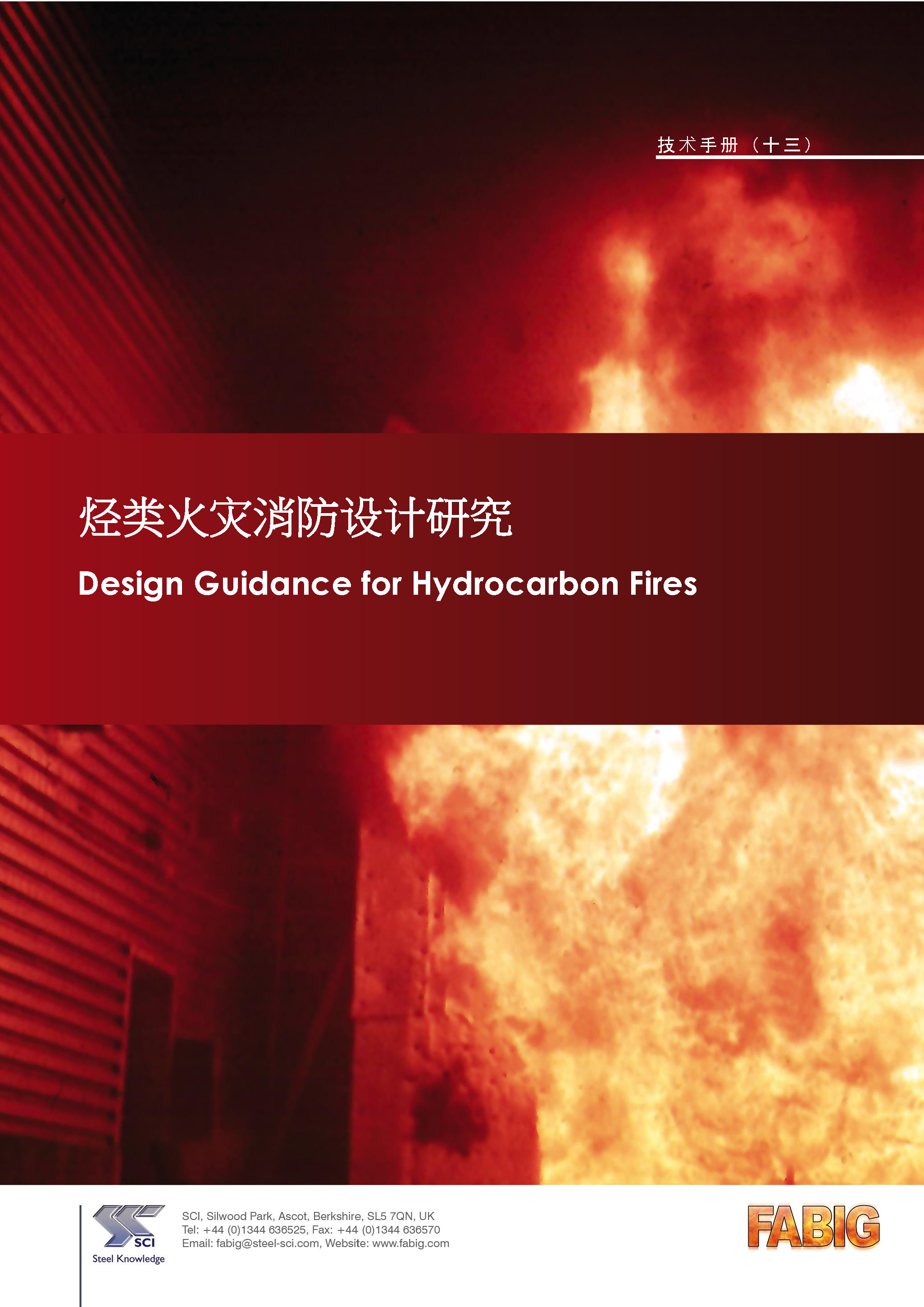Technical Note 13
Design Guidance for Hydrocarbon Fires

FABIG Members: Log-in to access all FABIG resources LOG IN
SUMMARY
This Technical Note updates and brings together into a single source the available guidance on fire loading and structural response in fire. In addition, new tabulated guidance on the effect of confinement on jet fires has been included and new elevated temperature material data for certain high strength steels and stainless steels have been added. This document therefore now supersedes Section 4 of the original Interim Guidance Notes, Technical Note 1, Section 3 of Technical Note 6 and Technical Note 11.
- Section 2 describes the range of possible fire scenarios, the parameters that affect the nature of these scenarios, possible locations of fire hazards on offshore structures and provides guidance on fire hazard management strategies;
- Section 3 covers hydrocarbon pool fires, giving simplified guidance on estimating fire loads for design;
- Section 4 covers hydrocarbon jet fires, giving simplified guidance on estimating fire loads for design;
- Section 5 gives guidance on heat transfer and temperature development in steel members;
- Section 6 summarises general principles of passive fire protection, noting key standards;
- Section 7 discusses active mitigation systems and their effect on pool and jet fires;
- Sections 8 and 9 describe the Eurocode basis of design and the process for determining the fire resistance of structural steel members in accordance with Eurocode 3;
- Appendix A describes a probabilistic approach for determining offshore fire loads;
- Appendix B gives properties of carbon and stainless steel at elevated temperatures;
- Appendix C gives a range of design examples to illustrate the calculation of heat transfer and temperature rise as well as the application of the Eurocode.
Online purchase options:
Non-Members of FABIG are able to purchase PDF copies of the FABIG Technical Guidance documents.